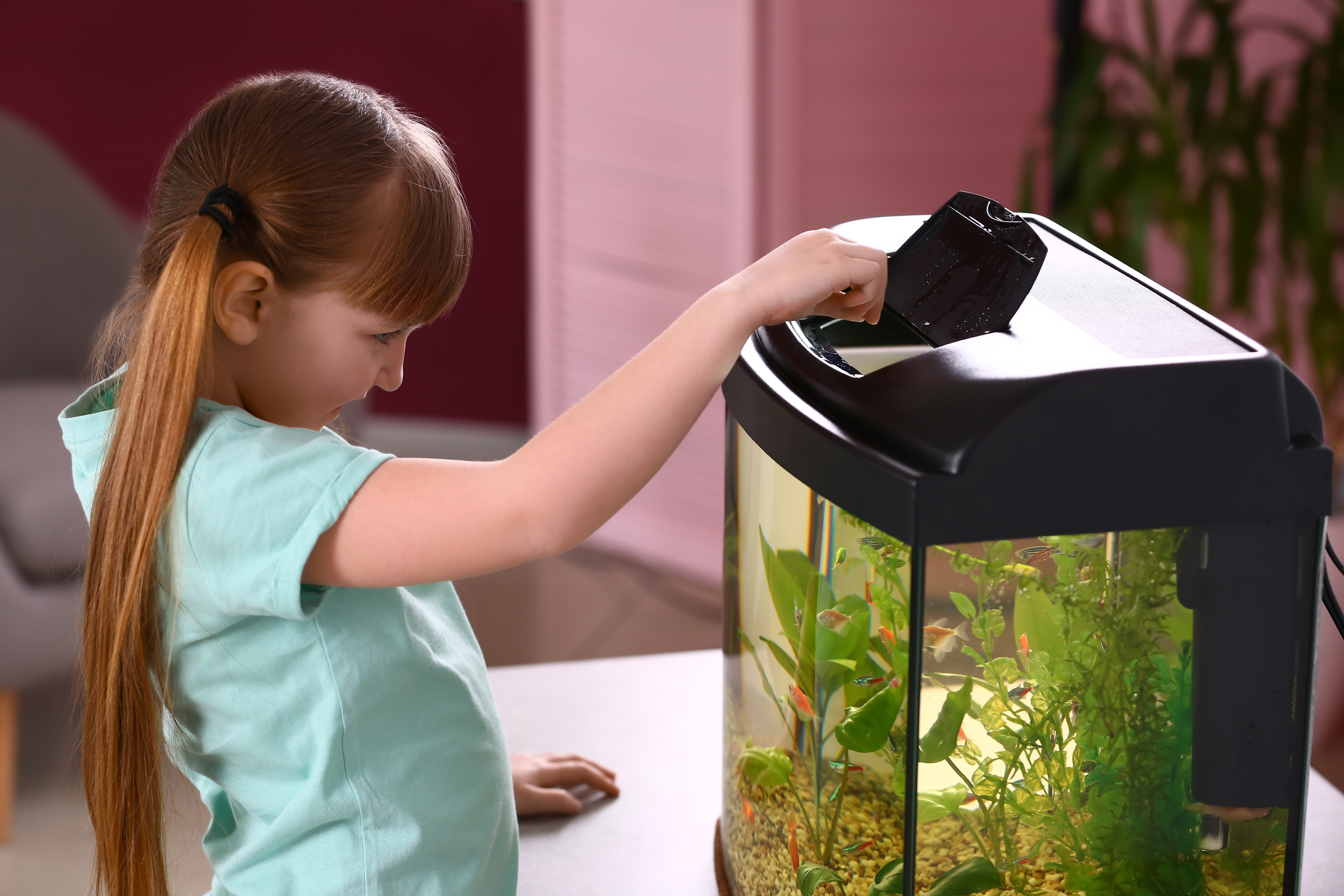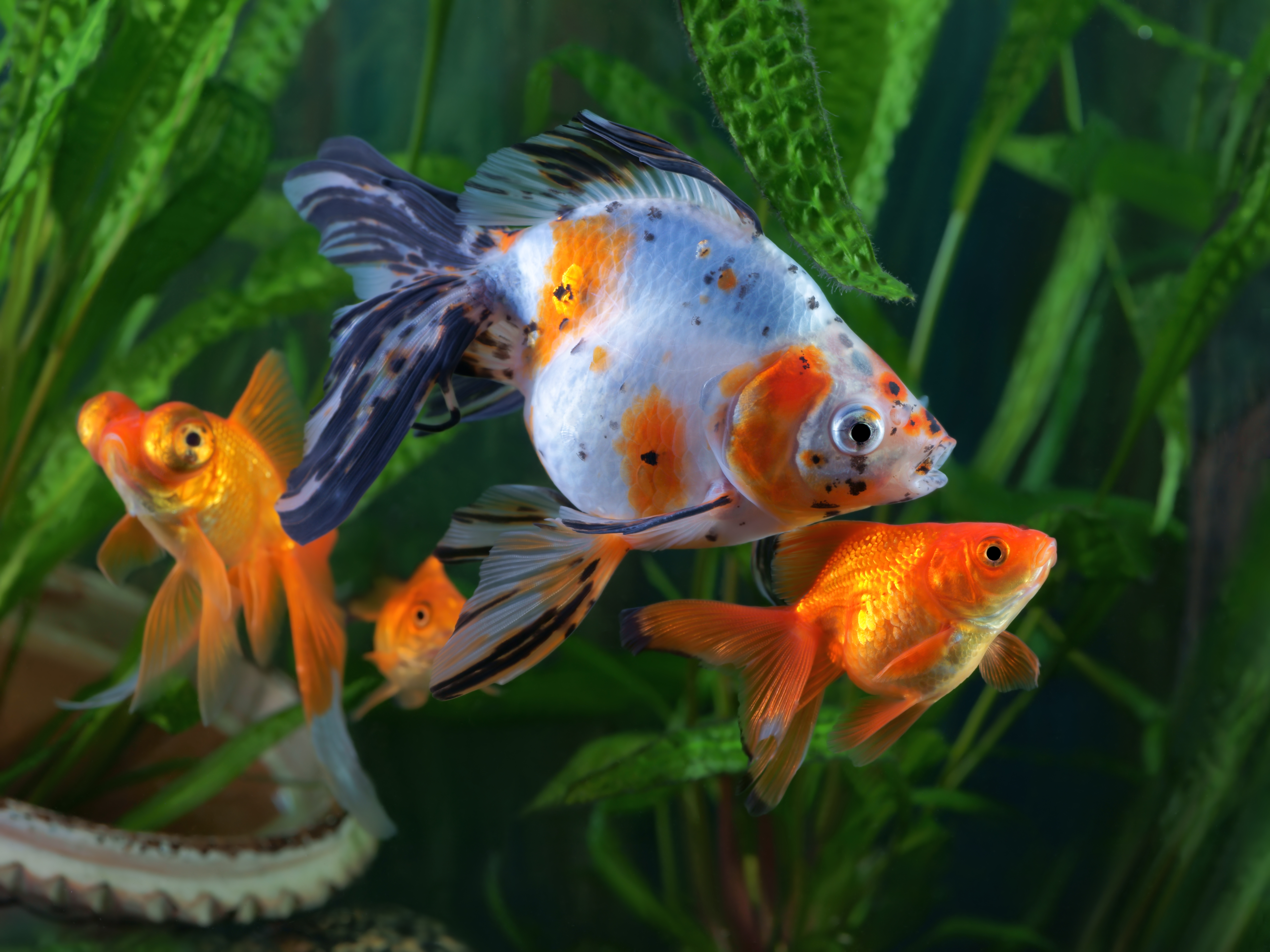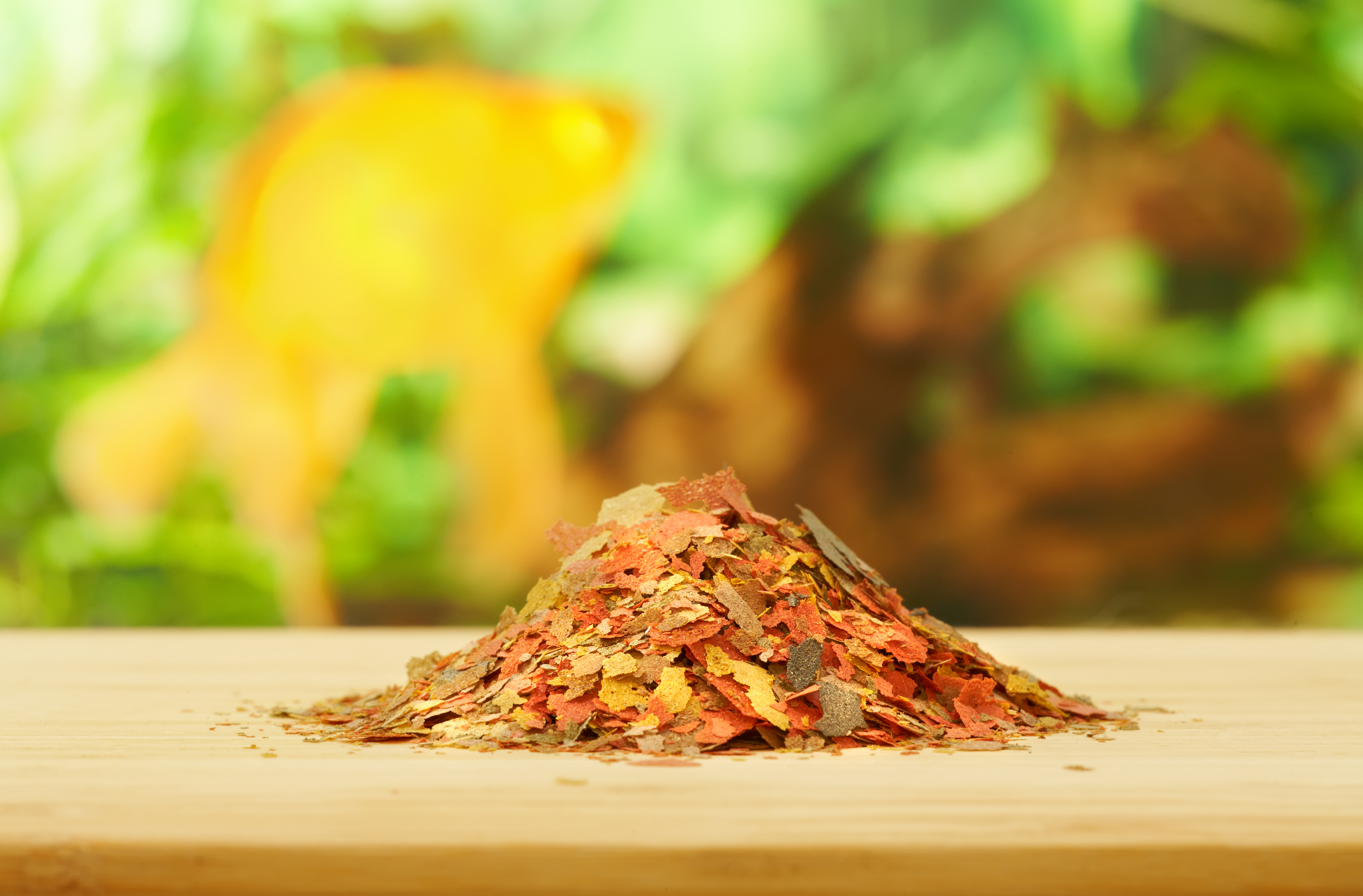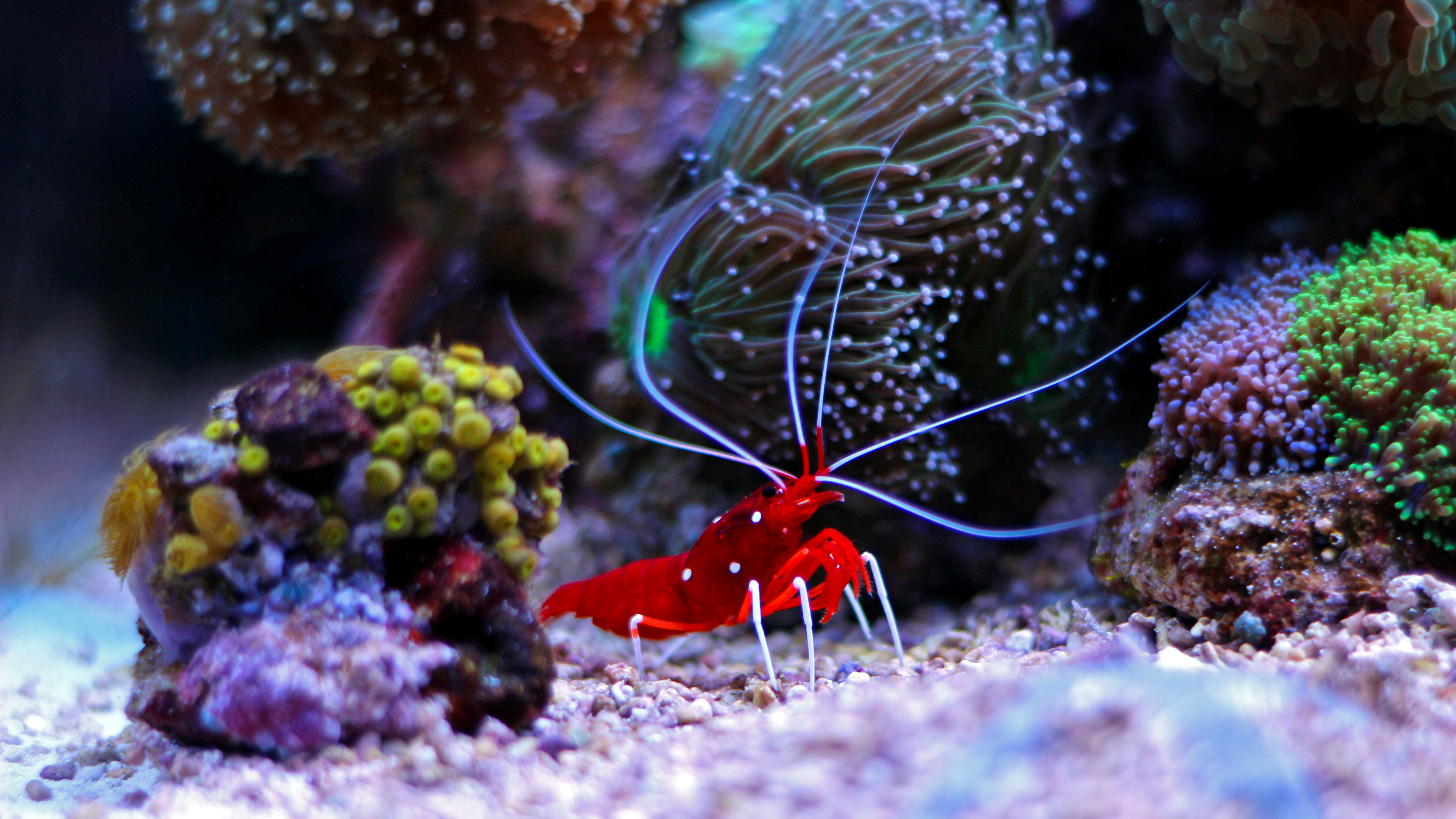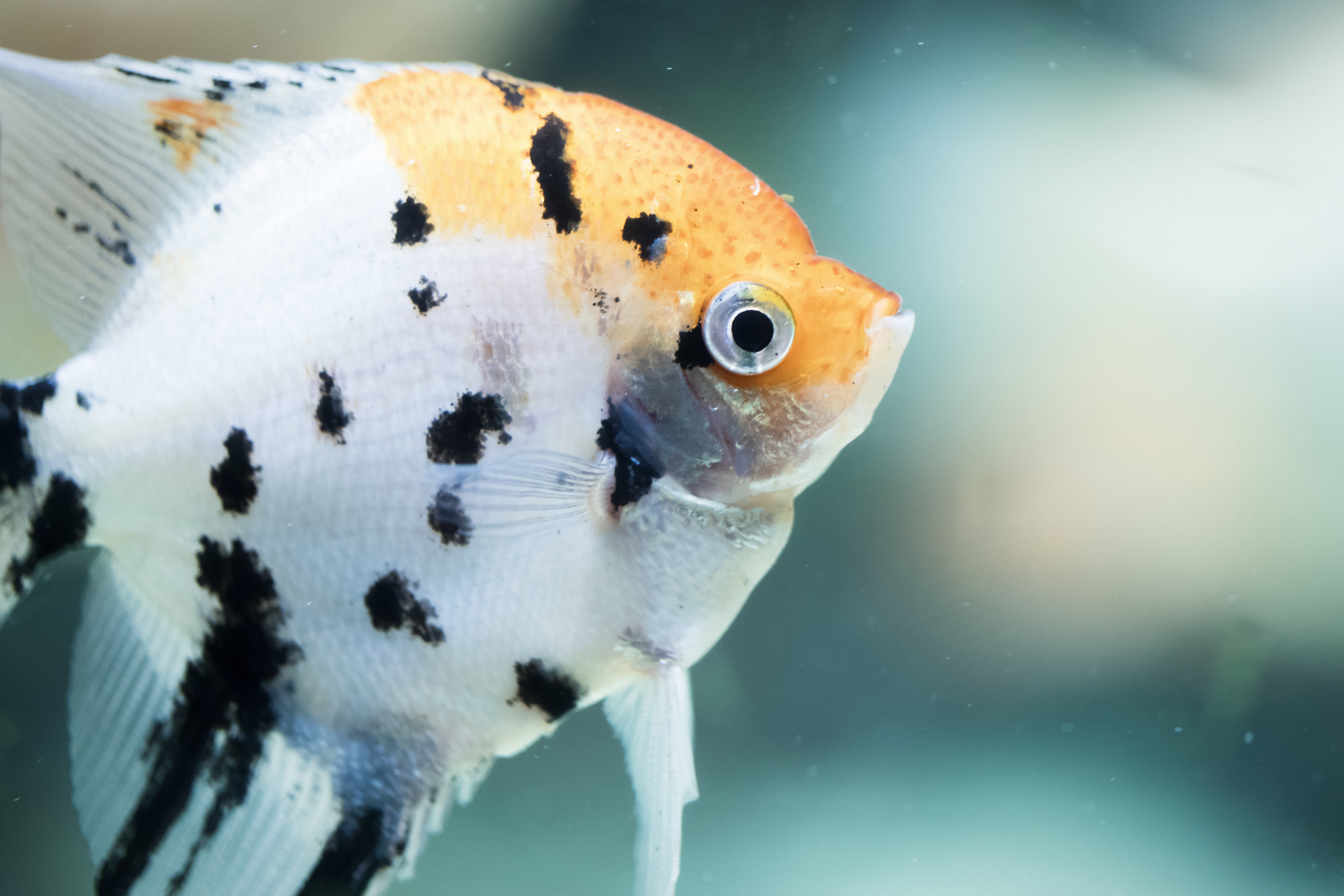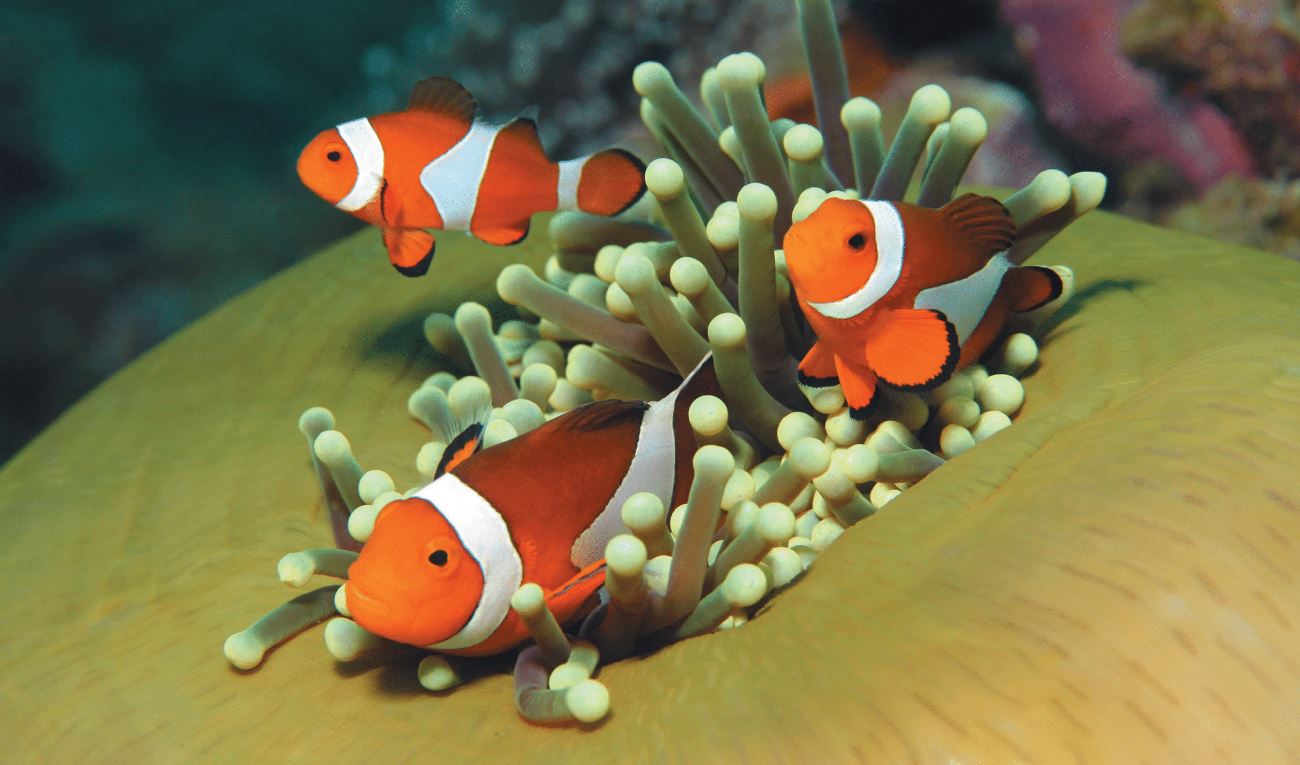Small Tanks Can Equal Big Sales
Tom Mazorlig //September 19, 2014//
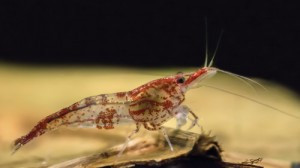 It’s relatively easy to notice that the popularity of nano aquariums has been growing, but it’s more difficult to define what a nano aquarium actually is.
It’s relatively easy to notice that the popularity of nano aquariums has been growing, but it’s more difficult to define what a nano aquarium actually is.
Different people have different definitions. The general consensus is that a nano tank is any tank under 20 gallons in size. The term is more often applied to saltwater setups than freshwater ones. Very small tanks – 5 gallons or less – are often called micro or pico tanks. In this article, nanos, picos and micros will be lumped together.
“Nano tanks encompass many smaller sizes of tanks and having that extended variety of aquarium options doesn’t seem to be diminishing their popularity,” said Cameo Konfrst, chief operating officer of The Wet Spot Tropical Fish in Portland, Ore.
“People have always loved little bowls but now they are able to have the same size requirements while having a full aquarium setup. We carry full nano-tank setups, we call the ‘drain and go’ and people love that an eye-catching aquarium can exist in such a tiny framework and they don’t have to maintain a huge setup.”
Konfrst added, “Nano tanks sell very well for us. They easily supersede the standard aquariums in regards to sheer volume of purchases.”
Kits and Accessories
To get a customer started with a nano tank, consider suggesting an aquarium kit, such as the Contour Aquarium by Marineland, available in 3- and 5-gallon sizes.
Another nano option comes from BioBubble.
“We currently manufacture the BioBubble Aquarium,” said Daniel Bzdyl, director of business development at BioBubble Pets. “However, we are working on two others, a 15 gallon and a 20 gallon. The current unit is 3.5 gallons with over 60 GPH [gallons per hour] of filtration and high-tech lighting.”
There is also the Cue Desktop Aquarium by Aqueon, available in 2.5- and 5-gallon sizes. Both of these kits come with LED lighting and filtration.
In the realm of slightly bigger nano tanks, there is the Bio Cube by Coralife. This all-in-one aquarium system comes in 14- and 29-gallon sizes and includes LED lighting. JBJ-USA Aquarium Products offers a sharp-looking rimless 8-gallon cube with an included filter.
Small tanks need small filters, but it’s important to not use too small of a filter. Due to their smaller water volume, the water conditions in nano tanks are less stable than in larger aquariums. So, it’s critical to use excellent filtration but not such a powerful filter that the water movement is too vigorous for the tank’s inhabitants.
The Fluval Nano Aquarium Filter is an excellent choice for aquariums up to 15 gallons in size and is ideal for keeping small fish species and shrimp. Eheim offers the Aquacompact 40 external filter for aquariums up to approximately 10 gallons. It has an adjustable outflow and comprehensive range of accessories to fit any nano-hobbyist’s needs.
For lighting these small tanks, consider the Mini Aqualight from Coralife. It includes two six-watt T5 lamps, a 10,000K and an actinic blue lamp. Fluval Nano Aqualife & Plant Performance LED Lamp is perfect for the planted nano tank, as it produces the full-spectrum light plants need for photosynthesis.
When it comes to selling nano tanks, it’s important to educate customers on the pros and cons of these small tanks.
“Education is the key word,” said Bzdyl. “To retain customers, the stores should be explaining the features [of the nano kits] and explaining what things to look out for such as is the type of filtration provided right for the type of fish the customer wants to keep in the tank? Is the LED lighting adequate for the types of animals that the customer wants to house in the tank?
And the one that almost everyone forgets, how stable can the tank being sold hold the temperature inside if the room temperature varies dramatically?”
Eheim office manager Jenny Georgiopoulos also stressed the importance of education, saying “If buyers are given good information at the outset, this will go a long way towards guaranteeing a positive experience for all.”
This is especially true for saltwater nano hobbyists. “Retailers should also impress upon saltwater nano tank enthusiasts the importance of testing water chemistry parameters, as small tanks tend to fluctuate more than larger systems when it comes to salinity and pH, for example,” said Georgiopoulos.
This type of education can result in upselling, such as adding on the Saltwater Master Test Kit from API or the Intant Ocean Saltwater Hydrometer.
Tiny Livestock
If you are selling nano tanks, you should definitely be selling the animals, and plants, to put in them.
“There are several good species for nano tanks that pet retailers can stock without too much difficulty” said Konfrst. She suggests, “the micro rasboras.”
“Another group of fish that works wonderfully are the small danios,” she said. “Lastly, do not neglect suggesting small tetras, killifish, and shrimp as well.”
For saltwater nanos, Bzdyl recommends, “smaller clownfish such as the percula; shrimp, crabs and other inverts; smaller varieties of wrasses, blennies and gobies; as well as many of the corals and anemones.”






